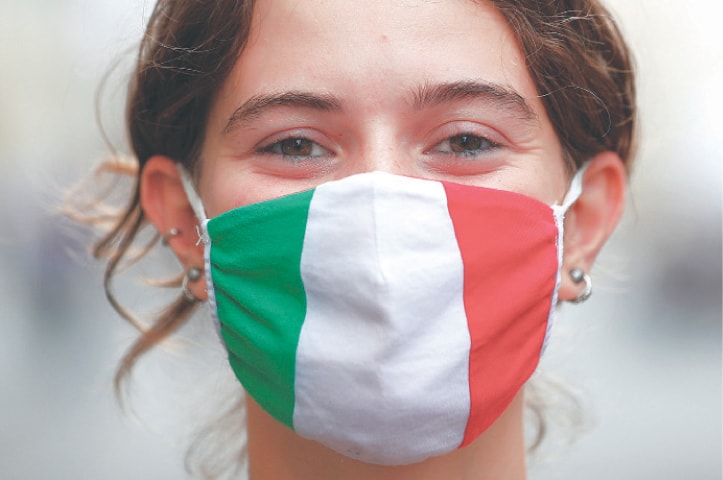
Italy: Victory against COVID-19
Ferdinando Giuglian
Rome: Italy was a symbol of the first wave of the pandemic. It was the first country in the world to go into a national lockdown, as its hospitals — especially in cities such as Bergamo and Cremona in the north — struggled to cope with the spike of cases and there was a sharp increase in deaths.
As fear of a second wave grips Europe, Italy appears to be coping much better than other countries such as France, Spain and the U.K. This is hardly a time for complacency; as Britain can attest, this virus can return with a vengeance. But over the last two weeks, Italy recorded slightly fewer than 35 cases per 100,000 inhabitants — compared to nearly 315 in Spain, almost 200 in France and 76.5 in the U.K. The number of average deaths stood at 0.3 per 100,000, a third of the French rate and nearly a tenth of Spain’s. Italy’s figures are only marginally worse than Germany’s, which has been praised as a model of sound pandemic management.
So far, Italy has been able to avoid the kind of new restrictions put in place in other parts of Europe. The U.K. has announced that restaurants and pubs will shut at 10 p.m. and that there will be 200 pounds ($254) fines for those who don’t wear masks as required.
In France, Paris has imposed the same 10 p.m. curfew on bars and restaurants and closed down gyms. In Italy, social life continues relatively unhindered — even though the government forced nightclubs to shut again after a string of new Covid cases in the summer, especially on the island of Sardinia.
So what is working in Italy’s approach? It’s hard to pinpoint exactly what factors improve a country’s ability to control an outbreak. In the spring, it appeared that introducing a stringent lockdown early — as Greece did — was a recipe for less pain. And yet, the recent sharp drop of cases in Sweden, after the country avoided a lockdown and other draconian measures taken elsewhere, has raised doubts over what exactly is effective. The Italian government doesn’t seem to have taken any radically different measures from the rest of the continent.
Two things may help explain Italy’s relatively strong performance — so far — in keeping back a second virus wave. The first is the effectiveness of its track-and-trace system in identifying and isolating the contacts of those who test positive. Italy tests about 100,000 people a day, which isn’t high by European standards. But only about 2% of those tests come back positive, which is low compared to elsewhere in Europe.
This slower spread than elsewhere may also be explained by the second factor: Italians appear to be pretty good about wearing masks and maintaining social distance. Doctors are also confident they’ve become better at treating Covid-19 — though this only helps explain the low death rate, not the limited number of cases.
Still, none of these explanations is perfect and it’s important not to get carried away with Italy’s apparent resilience. The country’s health-care system has traditionally ranked highly in international comparisons, and yet it failed to contain the first phase of the pandemic, perhaps because it was caught off guard.
There’s also evidence that Italians complied extensively with the requirement to wear masks in the spring, and yet it took weeks before the number of deaths and cases came down. It’s entirely possible that Italy is experiencing a delayed second wave, compared with France and Spain. The UK suffered its first outbreak much later than Italy or Spain, but ended up with a similarly high human cost.
So Rome should stay on full alert. It only takes a few missteps for the epidemic to spiral out of control. For now, however, Italy’s citizens can be proud of their health-care system and of themselves.
